(First upload on June 16 2015. Last on November 16 2022) [ 日本語 | English ]
Mount Usu / Sarobetsu post-mined peatland
From left: Crater basin in 1986 and 2006. Cottongrass / Daylily
HOME > Plant list (植物リスト) > Campanulaceae (キキョウ科) > Campanula for gardening
Campanula L. (ホタルブクロ)CultivatedC. carpatica Jacq. (ニワギキョウ)C. drabifolia Sibth. et Sm. (ヒメギキョウ) C. elatinoides Moretti (ホシザキキキョウ) C. fragilis Cirillo (Italian bellflower) C. latifolia L. (ツリガネソウ) C. medium L. (フウリンソウ) C. persicifolia L. (モモノハギキョウ) |
C. portenschlagiana Schult. (オトメギキョウ) C. poscharskyana Degen (ホシギキョウ) C. rapunculoides L. (ハタザオギキョウ) C. rotundifolia L.(イトシャジン), exotic ssp. langsdorffiana (A. DC.) Vodop. (ホソバイワギキョウ) C. trachelium L. (ヒゲギキョウ), Europe |
|
|
Otomegikyou (オトメギキョウ, 乙女桔梗), wall bellflower, almatian bellflower or Adria bellflower Lifeform: evergreen, perennial forb, developing mat |
Habitat: stony, sun-exposed or slightly shady sites Distribution: Dalmatia (Adriatic coastal region of Croatia) |
Leaf: heart-or kidney-shaped Chromosome number: 2n = 34 Use: gardening - cultivars |
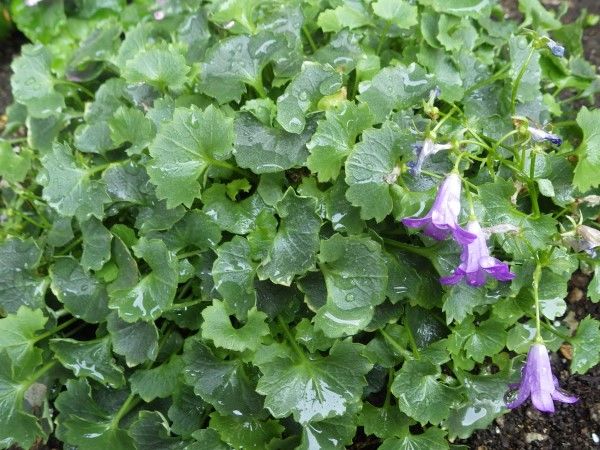 1
1
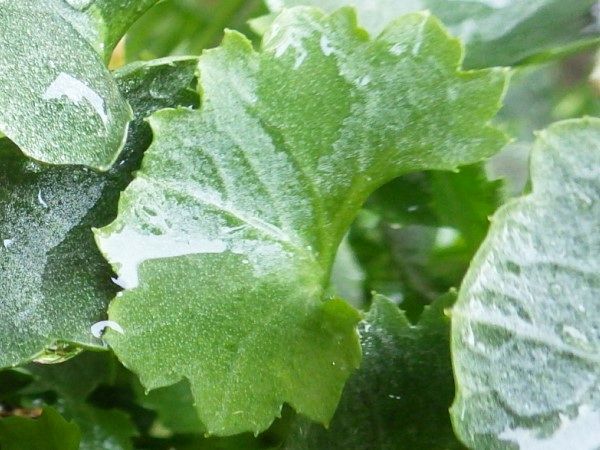 2
2
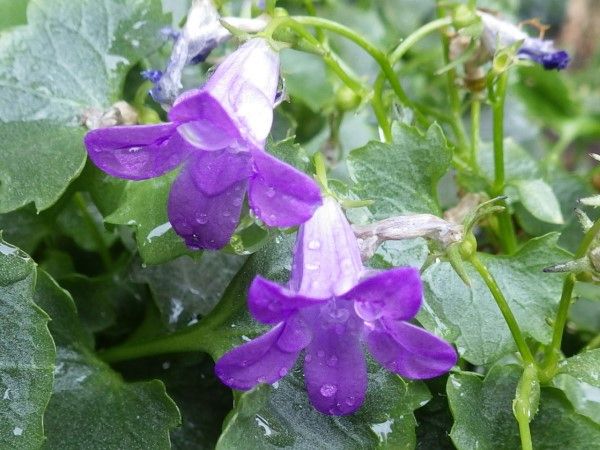 3
3
[1-3] within a small flower garden in front of a business building in N18/W4, North Ward, Sapporo, on September 3 2022.
|
Hoshigikyou (ホシギキョウ, 星桔梗), Serbian bellflower or trailing bellflower Lifeform: short, perennial forb Distribution: Dinaric Alps in the former Yugoslavia invasive to England and New Zealand |
Habitat: rocky sites Chromosome number: 2n = 34 Use: gardening |
Cultivars: alpen blue, blue waterfall, blue gown, alba, stella, blue star, hirsch blue, lilacina, garden star, etc. Birch hybrid = C. poscharskyana × C. portenschlagiana |
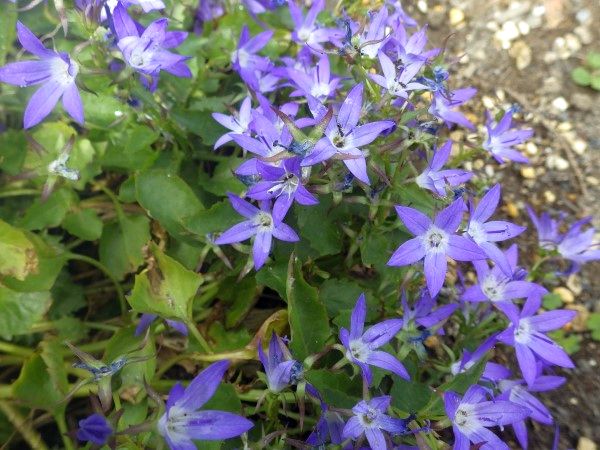 1
1
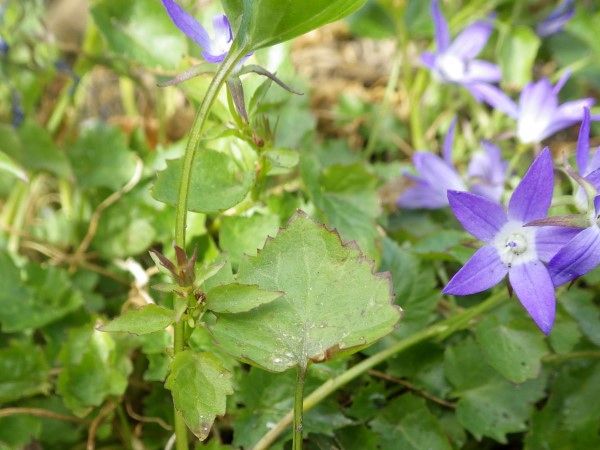 2
2
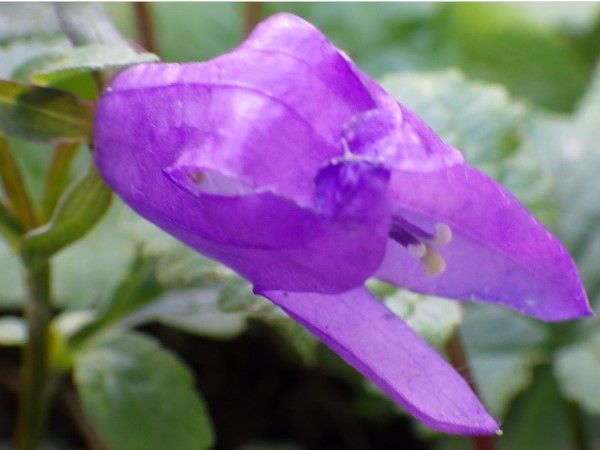 3
3
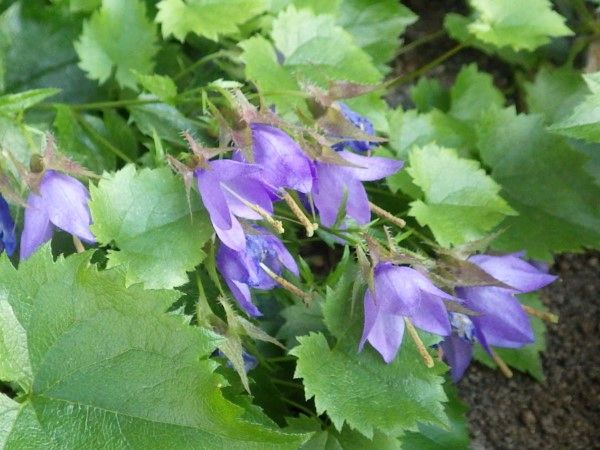 4
4
 5
5
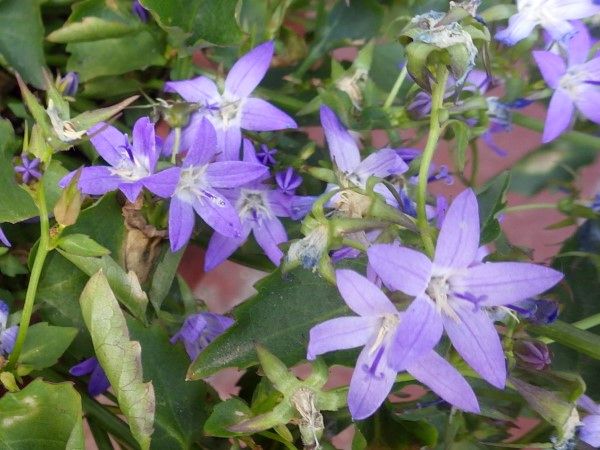 6
6
[1/2] at a flower bed under a street tree in N25/W2, North Ward, Sapporo, on July 2 2021. [3] under a street tree, N12/W4, North Ward, Sapporo, on October 25 2017. [4/5] under a street tree, N10/W3, North Ward, Sapporo, on June 7 2017. [6] cv. alpen blue at a flower bed under a street tree in N26/E1, East Ward, Sapporo, on June 19 2019.
|
Italian bellflower Lifeform: perennial forb |
Distribution: southern Italia Use: gardening → cultivars: June bell |
ssp. cavolinii (Ten.) Damboldt (syn. Campanula cavolinii Ten) ssp. fragilis |
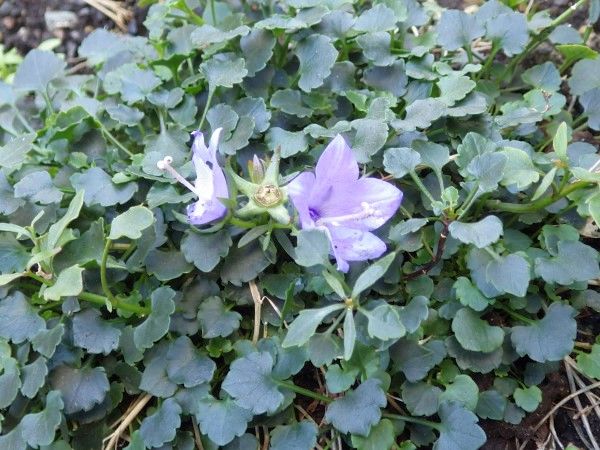 1
1
 2
2
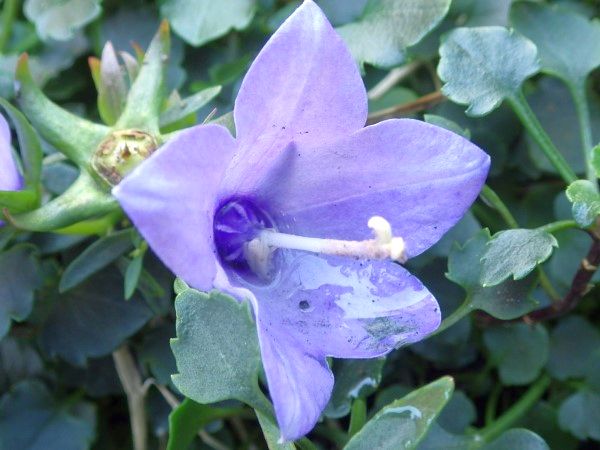 3
3
[1-3] in a small flower garden near L Plaza Building, North Ward, Sapporo, on October 15 2018.
|
Tsuriganesou (ツリガネソウ, 釣鐘草), giant bellflower, large campanula and wide-leaved bellflower Lifeform: clump-forming perennial forb with 60-120 cm in height |
Distribution: Europe and western Asia Habitat: broad-leaved woodlands, coppices, parklands and forest margins |
Use: ornamental var.macrantha cv. alba, amethyst |
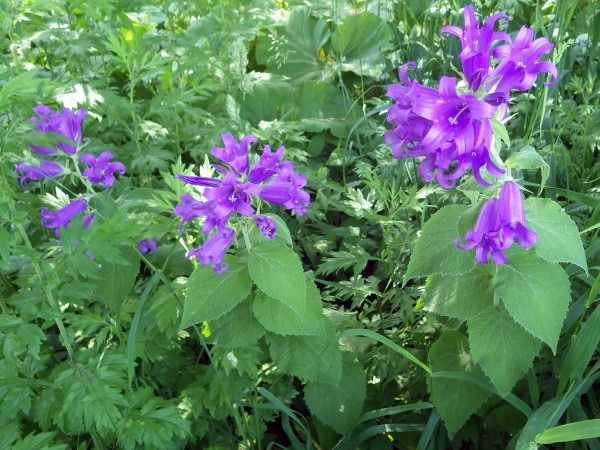 1
1
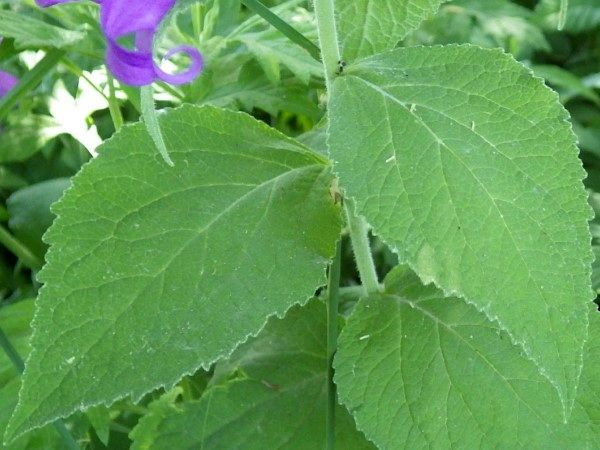 2
2
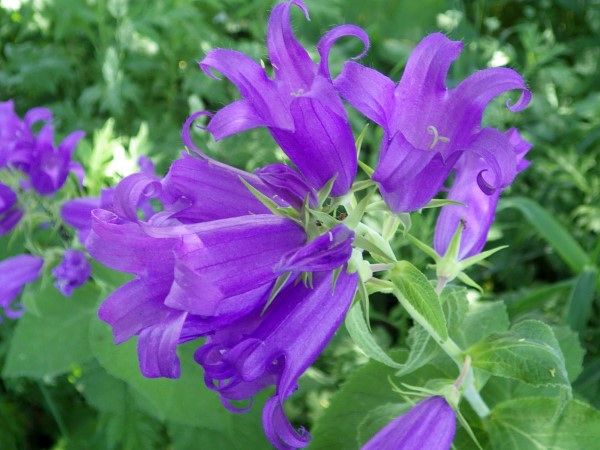 3
3
[1-3] on a grassland developed in the backyard of Faculty of Science, Hokkaido University, on June 23 2021.
|
Momonohagikou (モモノハギキョウ, 桃葉桔梗), peach-leaved bellflower Lifeform: clump-forming perennial forb, treated as annual for gardening |
Distribution: Europe - central and southern Russia - northwestern Turkey
cold-tolerant |
Habitat: pastures, meadows, forest edges and gaps, etc. Cultivars: nitida, dwarf form; nitida alba, dwarf form with white flower |
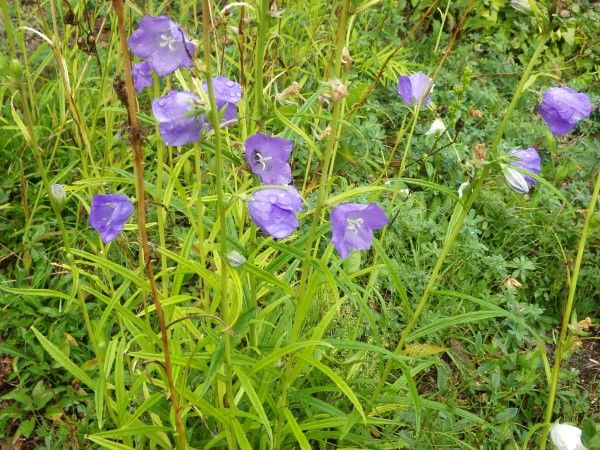 1
1
 2
2
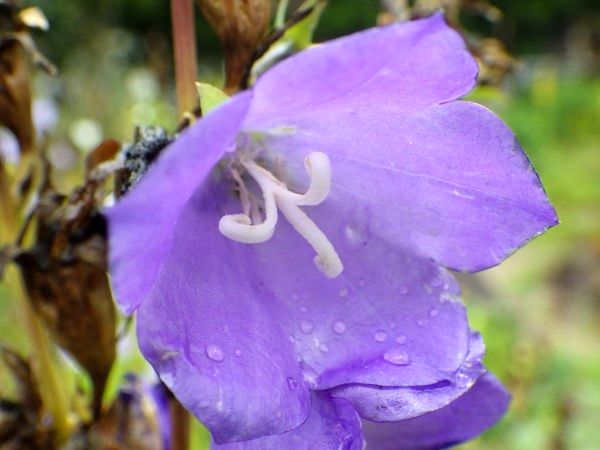 3
3
[1-3] in the alpine plant garden of Shiretoko Museum, Shari Town, eastern Hokkaido, on August 30 2020.
|
Hatazaogigyou (ハタザオギキョウ, 旗竿桔梗), rampion bellflower |
Lifeform: stoloniferous, perennial forb |
Distribution: Europe - West Asia |
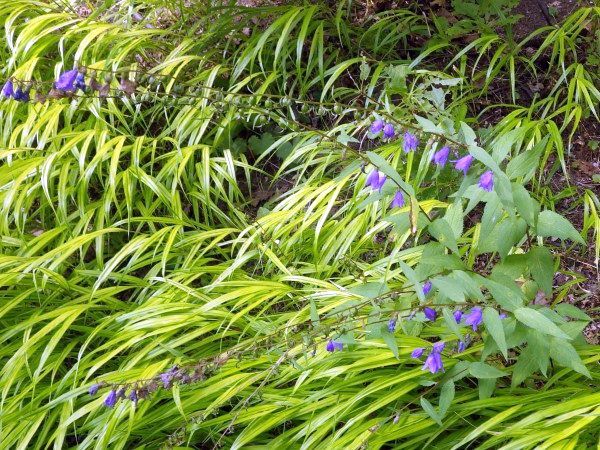 1
1
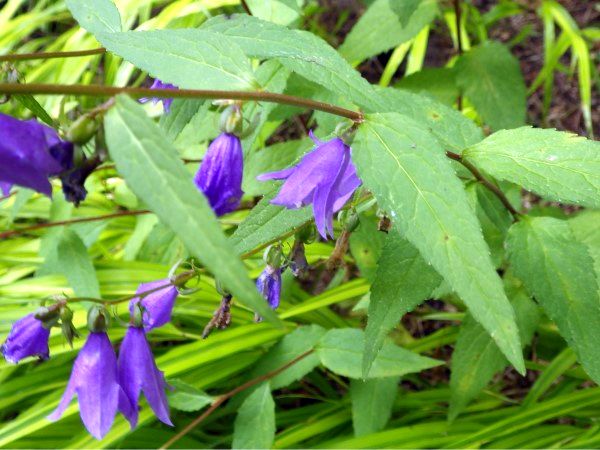 2
2
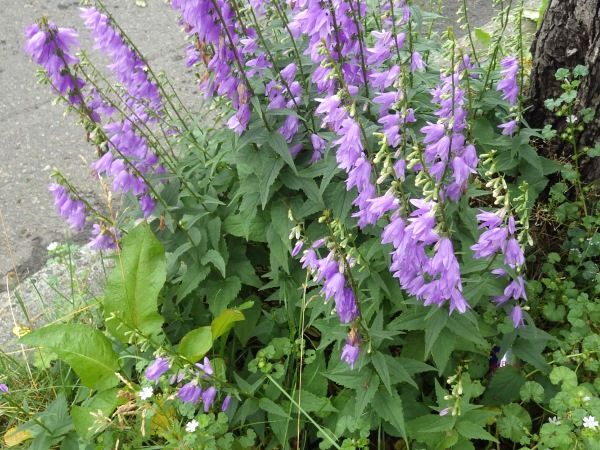 3
3
[1/2] in Sapporo Art Forest, South Ward, Sapporo on August 16 2017. [3] in front of Jaenne Restaurant on N21/W3, North Ward, Sapporo, on July 3 2018.